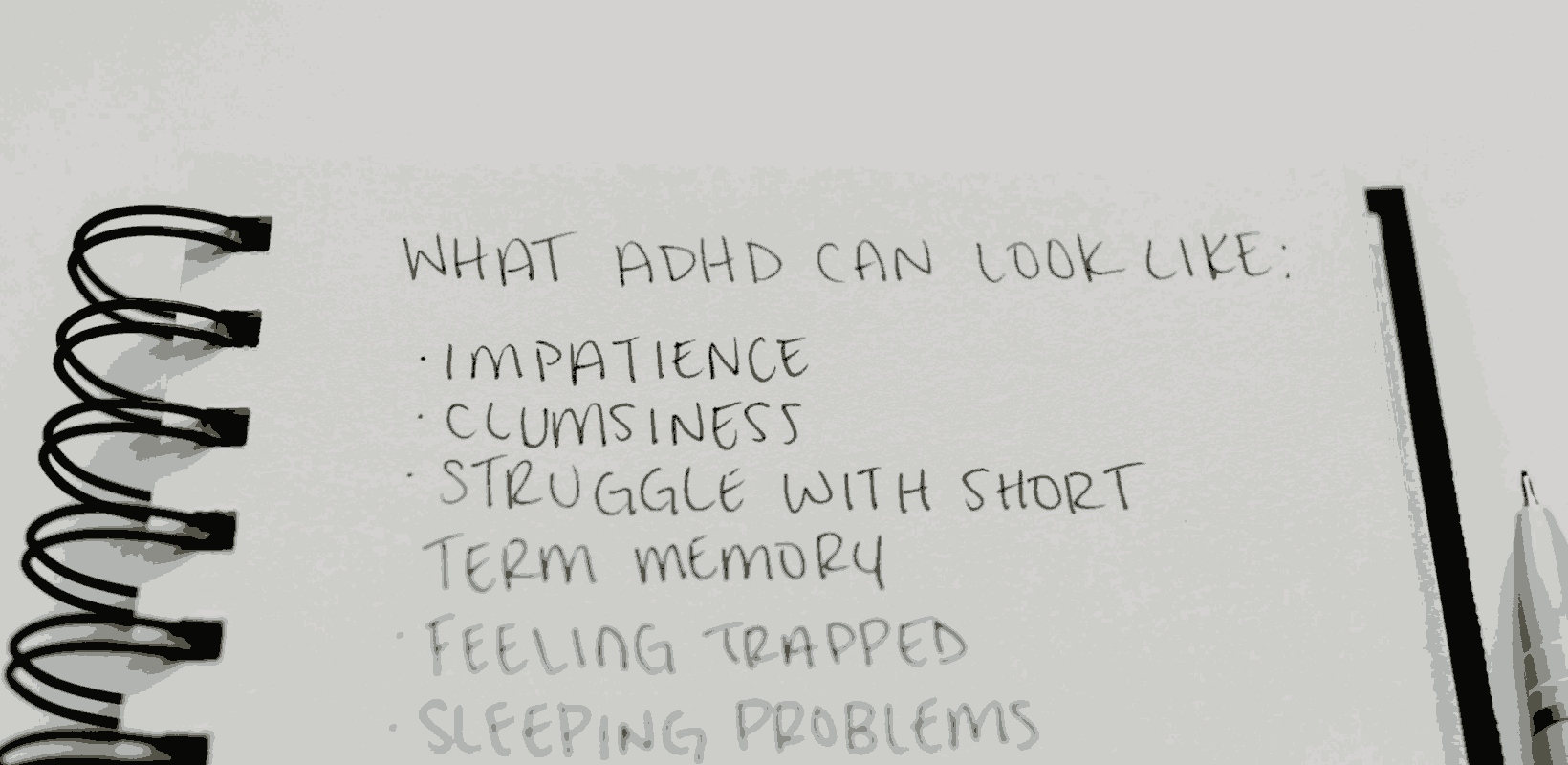There is occurring a move away from the 8-hour working week. Many define it as an outdated way of working which is not conducive to productivity. Many studies have been investigating the concept of shorter working weeks with fewer hours in the average day. One study revealed that employees would be able to get their work completed in 5 hours if they were to stay focused. Additionally, 3 out of 4 employees, if they were given the option would choose to work 4 days or less per week. There is occurring a proliferation in discourse arguing for fewer working hours. Furthermore, the concept of working fewer hours is coupled with the desire for more deep learning. Never heard of the concept of deep learning before? Read on to find out how this new concept can transform your business and your employees working lives for the better.
What is Deep Learning?
Deep learning is defined as employees’ ability to focus on demanding tasks for long periods of time without getting distracted. By practising deep learning, employees develop their ability to better understand complex information and therefore produce better work. Making working an 8 hour day unnecessary.
Inspires creativity
Creativity is heavily correlated with the concept of deep learning. Creative thinking encourages and nurtures deep learning. Work these days requires far more creativity, innovation and flexibility. In a report conducted by McKinsey and Company, the demand for skills such as creativity is on a constant trajectory of growth and set to increase by 10% in 2030. Furthermore, another report published by McKinsey and Company revealed that when people are in a creative flow, they are 500% more productive. This is why it is not only important to encourage deep learning, but also to promote creative thinking. This can be done by removing mundane admin tasks from the employees’ task lists, to promote their development of more innovative original ideas.
Goes hand in hand with flexible working
Flexible working schedules also encourage deep learning as they provide employees with a more relaxed, less regimented working schedule. Providing employees with more independence, which therefore inspires creativity.
How to facilitate deep learning
By removing the clutter of unnecessary tasks, it gives employees the opportunity to focus on 4-5 hours of deep learning. Instead of wasting energy on irrelevant tasks. As 8 hour days do not necessarily equate to productivity and can leave employees feeling overworked and stressed. It is far better for an employee to work a solid 6 hours, being fully productive and focused for the majority of those 6 hours, than working 8 hours where 2 are taken up by scrolling through their social media, getting distracted looking out the window or distracting other employees at their desks.
Of course, if you give employees the opportunity to work 6 hours instead of 8, some would argue that some would take advantage of that and end up working fewer hours and still not being fully productive in that time. That is why it is important to couple the proposed shorter working week with deep learning. Both concepts should go hand in hand. As they both complement and facilitate each other. Furthermore, deep learning comes with many benefits attached.
Benefits of deep learning
Improves productivity
By practising deep learning, employees are able to complete their tasks in much less time, by reigning in all their concentration and focus. It is unrealistic to expect employees to be able to fully concentrate for a set 8 hours, so why not encourage them to fully focus for less time, which will likely enable them to produce more work. But not only more work, also better quality work.
Facilitates creativity
By practising deep learning, employees can become more creative thinkers. By thinking more creatively, they will have more of a breadth of new ideas to contribute. Along with the ability to suggest more innovative outside the box proposals. Creativity is best improved by thinking creatively- sounds obvious but it is true. You can train your brain to think creatively by practising it through creative thinking exercises, creative brainstorming activities and focusing on thinking more outside the box.
Enables a better work-life balance
By conducting deep learning, it enables employees to work fewer hours, however, those hours that they do work are much more focused and therefore more productive. By providing employees with this option, it improves their work-life balance. This is important as in a study conducted by Well Working, it was revealed that 71% of employees stated that their work-life interferes with their personal life.
Many studies have analysed the issues associated with not having a good work-life balance. Not having a good work-life balance can lead to burnout, stress along some pretty severe health conditions such as diabetes, obesity and cardiovascular diseases. This demonstrates the importance of having a good work-life balance. As it goes far beyond levels of happiness, but can detrimentally affect employees’ health.
Increases employee happiness
Deep learning improves employees’ work-life balance, which leads to an increase in employee happiness. The benefits that come with employee happiness in businesses are multiple. As it is well known that the productivity and quality of your employees’ work improve when they are feeling happy and satisfied. Demonstrating the direct link between employee happiness and the success of your business.
To maximise creativity levels, employers could start utilising HR software tools to automate mundane HR-related tasks. This way the HR managers can dedicate more time to their employees to aid them in their deep learning process.
New future of deep learning
An example of a company that has adopted the idea of fewer working hours is Shake Shack. This American fast food company gives employees 32-hour shifts and pays them the same as before. They just ask that their employees get the work done in less time, and it’s been proven to work very well for them. Additionally, Microsoft Japan tried the 4-day working week and claimed that productivity increased by 40% and electricity costs fell 23%. Additionally, Finland’s new prime minister, Sanna Marin, announced that her country may want to experiment with a 4-day work week as well. And in Andrew Barnes’ (founder of New Zealand financial services firm Perpetual Guardian) new book ‘The 4 Day Week,’ he wrote about how letting his employees work this way made them overall happier and therefore made the company more profitable.



